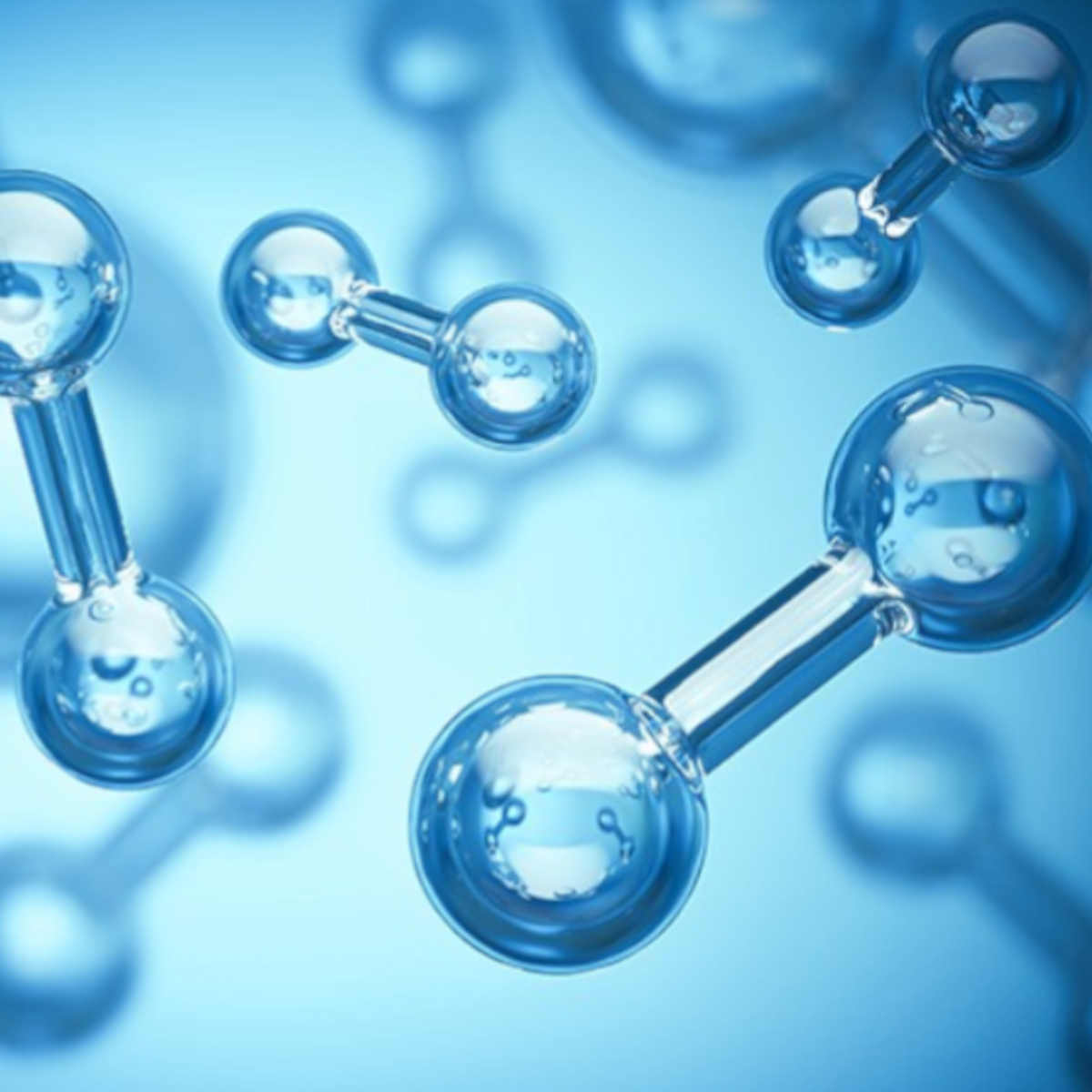GreenH2Metals: Recycling Paves the Way for Innovative Hydrogen Storage
Titanium-iron alloys are particularly promising for hydrogen storage because they can absorb large amounts of hydrogen. However, the cost of producing such materials has been very high. The German Federal Institute for Materials Research and Testing (BAM) is therefore investigating the use of recycled raw materials as part of the German government's basic hydrogen research. This should significantly reduce material costs and broaden the technology base.
Hydrogen can be stored in the gaseous state in conventional pressurized tanks or in metal alloys. The hydrogen is absorbed by the alloy like a sponge: The H2 molecules split into individual atoms on contact with the surface, penetrating the metal's lattice structure, embedding themselves in interstices and defect sites, and combining with the material to form so-called hydrides.
Significance to energy transition: recycled materials used
This technique allows not only very dense hydrogen storage, but also safe storage because the hydrogen atoms remain bound in the metal and cannot escape uncontrollably. In addition, unlike conventional storage methods, neither high pressure nor extremely low temperatures are required. When the hydrogen is needed, it can be released as a gas by applying heat, e.g. from fuel cells.
In the joint project "GreenH2Metals", BAM is investigating how well the recycled titanium-iron materials can absorb and release hydrogen, thus making an important contribution to the further development of hydrogen technology and the recycling economy - central building blocks for the energy turnaround.
The researchers are using special measuring methods and taking a closer look at the internal structure of the materials. In particular, they are using computer simulations to investigate the role that defects in the lattice structures play in the long-term stability of the materials and their storage capacity. The aim is to develop a predictive model of how impurities affect the properties of materials during the recycling process. In addition, BAM is investigating how the material can be handled safely, especially in its powdered processing state.
In addition to BAM, the RWTH Aachen University, the Ruhr University Bochum and the Max Planck Institute for Sustainable Materials are involved in the joint project, which is coordinated by the Helmholtz Center Hereon. GreenH2Metals is funded by the German Federal Ministry of Education and Research (BMBF) with 2.6 million euros.
Source: Federal Institute for Materials Research and Testing (BAM)| ' GreenH2Metals: Environmentally friendly hydrogen storage from recycled materials", November 28, 2024
Tradition Meets Innovation
The combination of tradition and innovation creates optimal conditions for industrial companies seeking an innovative environment. The capital region offers a mix of established companies, a thriving start-up scene, and renowned research institutions. This supports the development of cutting-edge technologies in various sectors, including Industry 4.0, additive manufacturing, electrical industry, mechanical and plant engineering, plastics and chemicals, metals, and nutrition.
For further information about the growth industries, economic development, business and technology support for companies, investors and scientific institutions in the Airport Region Berlin Brandenburg please contact:
Melanie Gartzke |E-Mail
